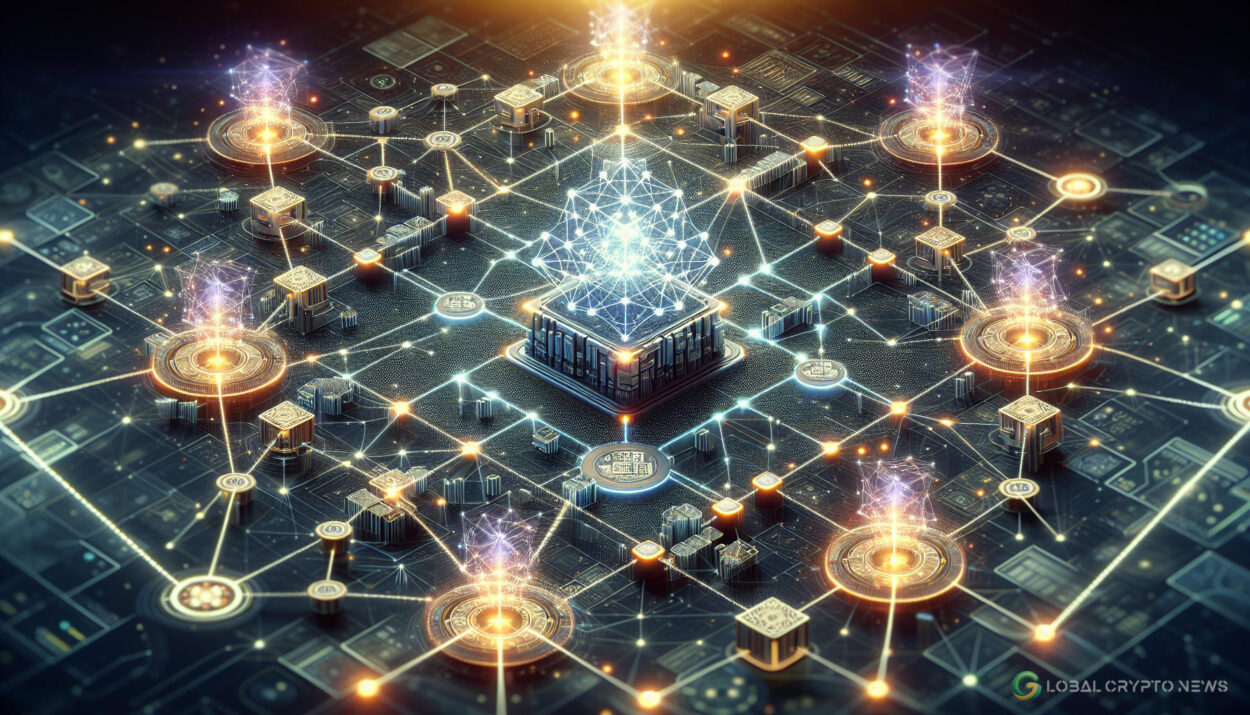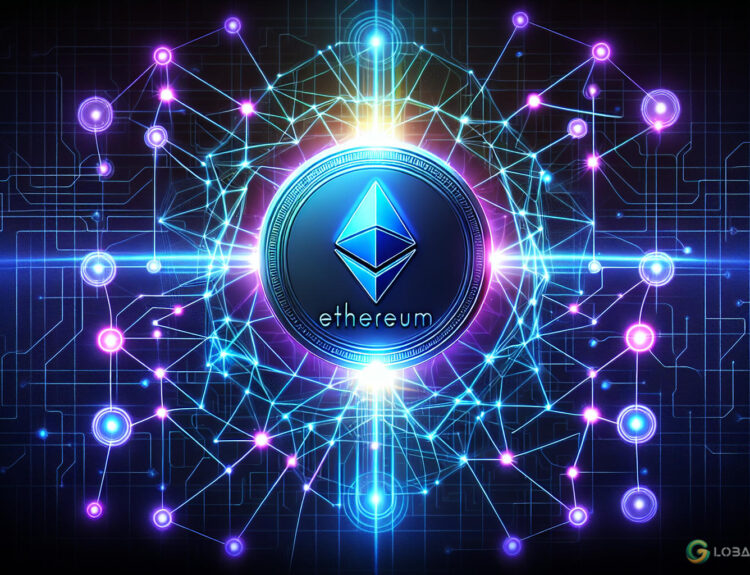Disclosure: The views and opinions expressed here belong solely to the author and do not represent the views and opinions of Global Crypto News’ editorial team.
Blockchain is among the most prominent tech buzzwords today. What started as a means to democratize user authority in several sectors has now moved beyond technical whitepapers to real-world applications impacting various consumer-facing domains. However, with growing demand, its limitations are becoming quite apparent, including the rising development costs for developers looking to test and build their own networks. So, how can the ecosystem make space for the next wave of builders?
Addressing the Blockchain Skill Gap
As the blockchain skill gap widens globally, it’s up to the ecosystem’s biggest participants to empower builders with simplified production environments. The dominance of a few leading networks has highlighted both the strengths and weaknesses of a one-size-fits-all approach. This is why more developers need to deploy solutions targeted at specific segments such as financial services, healthcare, and gaming.
The Blockchain Trilemma
The blockchain trilemma of scalability, security, and throughput remains a critical challenge. This is where the integration of on-chain AI holds the key to ensuring networks are more responsive and naturally evolving with user needs. Custom networks can enable alternative blockchain infrastructures tailored to the specific needs of different sectors, requiring a trustless system for data privacy, scalability, and speed.
Layer 2 Solutions
We are already seeing L2 solutions like rollups and side chains provide practical workarounds by processing transactions off the main chain. This significantly increases throughput without compromising the security of the underlying L1.
AI-Integrated Blockchain Networks
AI’s role in blockchain goes beyond just enhancing functionality and efficiency. AI-integrated networks can optimize operations like transaction validation and network security management by dynamically adjusting blockchain parameters in real-time. This ability to predict and manage network load allows for more efficient distribution of transactions across shards or rollups, reducing latency and significantly boosting scalability.
By enabling developers to create their own AI-integrated L1 and L2 solutions, the reliance on major networks can be reduced. Diversifying the blockchain landscape further helps avoid monopolies and fosters a more competitive environment, spreading out associated risks.
Practical Examples
Several platforms have begun to illustrate the benefits of this approach. For instance, L2 solutions like zero-knowledge rollups and optimistic rollups on the Ethereum network have successfully reduced transaction costs and increased throughput without compromising security. These technologies use complex cryptographic techniques to process transactions off the main chain, demonstrating the potential for scalability and efficiency.
Challenges and Considerations
Despite these advancements, integrating AI into blockchain is not without challenges. The computational intensity of AI models, the ethical implications of autonomous systems, and the regulatory hurdles associated with new technologies require careful consideration and proactive management.
Ultimately, the future of blockchain technology needs to embrace flexibility, innovation, and customization. To make this a reality, developers, stakeholders, and regulators need to come together to support the evolution of blockchain into a tool as diverse as the industries it aims to transform. This approach will not only solve current challenges but also pave the way for a future where blockchain technology is central to global digital infrastructure, supporting everything from economic transactions to securing sensitive data, while maintaining integrity and efficiency.
Stay updated with the latest developments in the blockchain and cryptocurrency world at Global Crypto News.
Igor Bershadsky, the co-founder of Phron AI, is a web3 entrepreneur with a background in cybersecurity and blockchain. With 13 years of experience in traditional finance, he transitioned into fintech and has held influential positions such as head of helasoft cybersecurity services, CEO and co-founder of TowerFox, LLC, and COO at the International Cybersecurity Center. At Phron AI, he is building AI-integrated blockchain networks focused on cybersecurity and flexible throughput for diverse sectors.
























